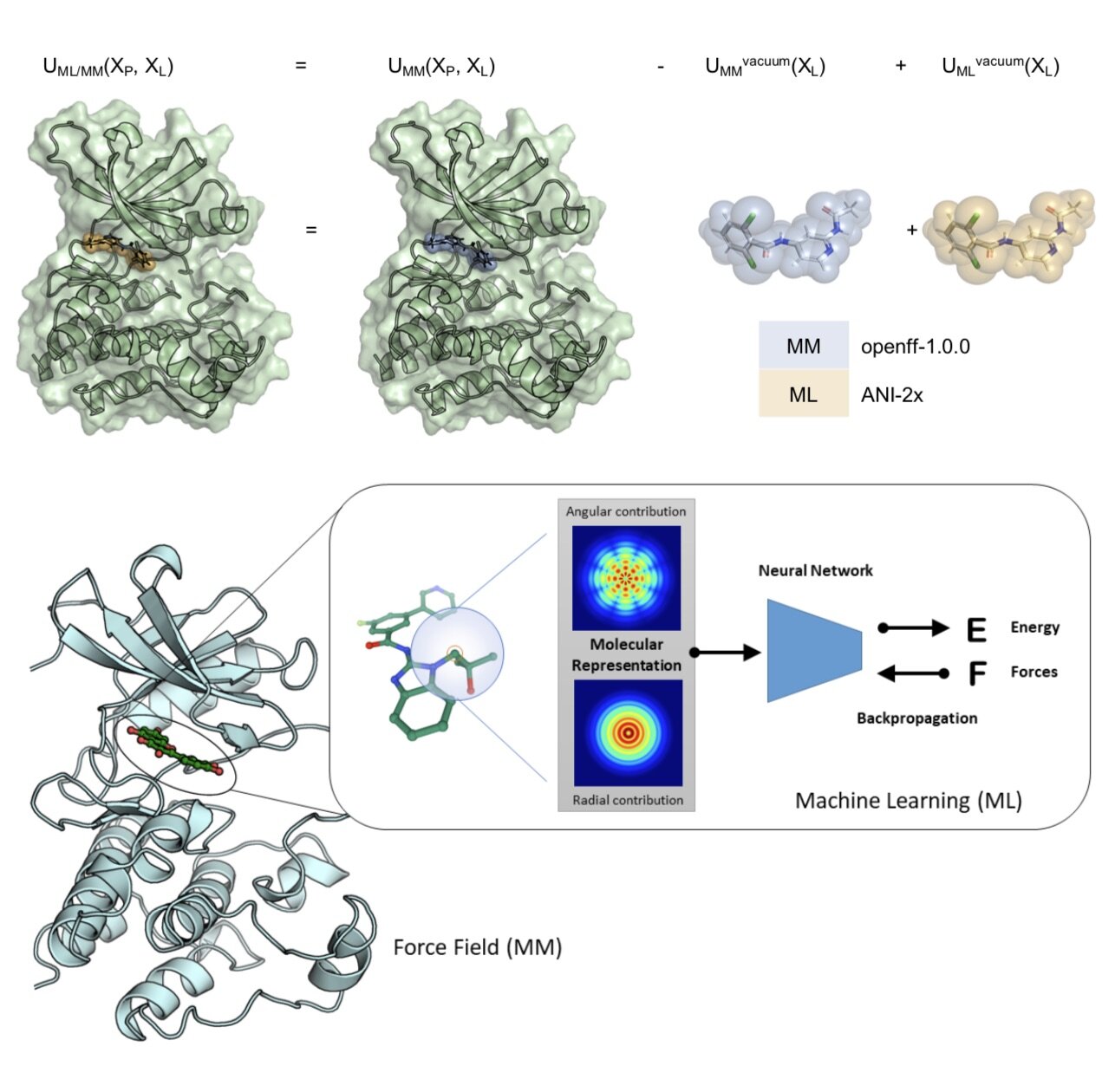Nutmeg and SPICE: Models and data for biomolecular machine learning
/Peter Eastman, Benjamin P. Pritchard, John D. Chodera, Thomas E. Markland
Journal of Chemical Theory and Computation 20:8583, 2024.
[DOI] [preprint]
We present a significant expansion of the SPICE dataset, a large-scale quantum chemical dataset for training machine learning potentials, and show how it can be used to build extremely accurate machine learning potentials.






